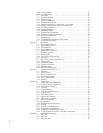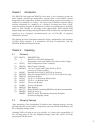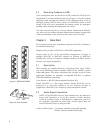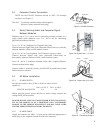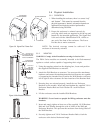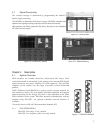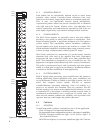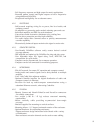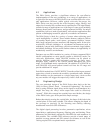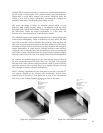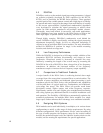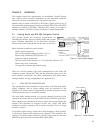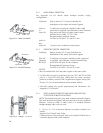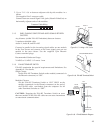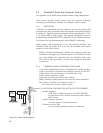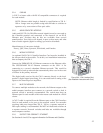
4.3 Applications
The DSAi Series provides a significant advance for cost-effective
implementation of line array technology in a variety of applications. As
is typical for line arrays, the DSAi Series is an excellent choice for voice-
only applications. However, unlike typical voice-only line arrays, the
DSAi Series can also provide the wide frequency range, fidelity, and
output levels needed for excellent music reproduction. This significantly
extends its range of applications to a wide range of venue types including
theaters, theme parks, retail spaces, and government facilities. Its unique
capabilities, however, make it particularly well suited to applications that
present a challenging acoustical, physical, or aesthetic environment.
The DSAi Series is ideal for a variety of venues where achieving good
vocal intelligibility is critical. These include theatres, auditoria, houses
of worship, theme parks, retail spaces, government facilities, lecture
halls, large conference rooms, museums, and shopping malls. It can solve
acoustically difficult challenges in reverberant environments such as
cathedrals, concert halls, ballrooms, rail/air/sea terminals, large lobbies,
and athletic buildings. Its low profile further enhances its applicability in
aesthetically sensitive environments.
Designers can use DSAi modules in a variety of factory-supported DSAi
cluster configurations to meet specific output or directivity needs. For
voice-only applications, single DSA250i modules can be placed to
provide adequate output and horizontal coverage. In these cases,
designers enjoy control of the vertical pattern throughout the vocal
range. For broadband music reproduction, the addition of a DSA230i to
each DSA250i will extend pattern control well into the LF range and
provide additional LF output.
Each DSAi module has a FAULT DETECT interface allowing an external
supervisory circuit to monitor the module's operational status. Multiple
DSAi modules can be connected to a single supervisory circuit so that
any one module will trigger the supervisory circuit's fault alarm.
4.4 Engineering Design
The core acoustical design of the DSAi Series dates back to the late
1930s in Harry Olson’s book, “Acoustical Engineering”. He showed
that, by using different signal delays on the input to each transducer in a
simple line array, the array’s main output lobe could be effectively
“steered”. While this concept has certainly been used before, the design
of the DSAi Series goes far beyond this simple concept.
Rather than simply steering the vertical lobe, the shape of this lobe in the
vertical plane is also made variable. This allows changing the depth of
the coverage to precisely fit the listening area thereby reducing
troublesome near-to-far SPL differences.
The digital signal processing involves parametric equalization, micro
signal delays, sophisticated frequency filtering, gain, and limiting. These
parameters are individually adjusted by DSAPilot for each transducer in
each module. The available DSP resources provide a broad range of
possible coverage patterns and SPL control over distance as well as the
voicing required for exceptional music reproduction.
10



